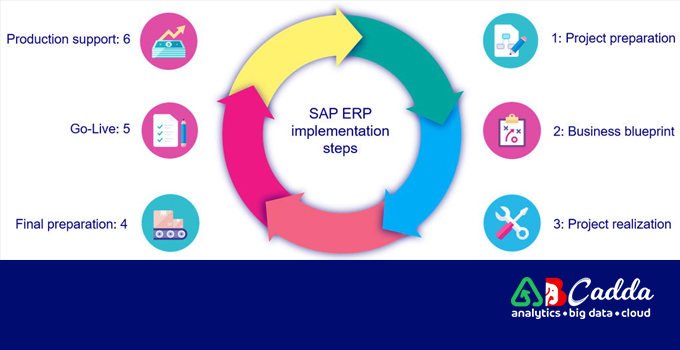Just like a lot of other businesses, the information goes through a variety of stages of the information lifecycle.
This information could be required at a variety of steps and processes for a business. To understand the information lifecycle steps, we need to understand what information lifecycle management even means.
Does Information Lifecycle Management mean the creation and management of a particular infrastructure along with the data that?s maintained within it. Information of any kind within a storage network has its own lifecycle. It starts right from when the data enters the system to the time it is removed from the system.
In this process, a very finite lifecycle comes into the picture where data finally is removed from storage networks eventually as the information becomes useless or irrelevant for the future.
Information Lifecycle helps organizations to categorize their content and safeguard the data that’s important to them. Not only that, but this categorization also ensures that the most relevant data is properly stored and accessed as per the need.
A proper ILM system categorizes the assets at their appropriate levels and ensures the safety of data wherever possible.
Since information is needed at every stage of the working of a business and that too on a daily basis, it definitely becomes imperative to understand what every stage of the information lifecycle means.
At every stage in this specific lifecycle, the management infrastructure needs to determine the best kinds of software, storage medium along with hardware for management of information at every stage.?
All these factors usually differ at every step of the information lifecycle.
With that said, let?s move on to the center of our topic – stages of information life cycle.
What are the three stages of the information lifecycle?
The whole management of the information lifecycle focuses on keeping the whole data of an organization accessible to all the users that need this information and determining how this information is stored based upon its priority within an organization.
During every stage that’s involved in the information lifecycle, management infrastructure needs to determine what?s the best software and other storage mediums that could be required for every stage of this cycle. Also, it needs to be focused as to how all those factors are going to differ as the data moves through the lifecycle.
- The first stage is the creation or acquisition of data. In this stage, information flows into an organization through different mediums. Either information is created by the people within the organization, or it’s transferred through emails, phone calls, faxes, etc.
- The second stage involves the publication of this data. Data needs to be published in order to be made available for different sectors channeled through the organization. These publications could be made possible either by print or on a company?s public website.
- The third and final step is the removal of data. Often, all of the data doesn’t make it to the publications. Some information could be retained for future use and some of it has a finite purpose. The finite data could be discarded or purged right after it has served its purpose and isn’t valuable to the organization anymore.
CONCLUSION
Data undergoes a lot of changes on a regular basis, especially if it has professional use within organizations.?
The stages of the information lifecycle might be different for different enterprises, but the fundamental processes don’t change.?
Sure, these stages might be different. But it?s still worth noticing that Information Lifecycle is pretty important for a business to make the most out of the information that it captures.
You might like
- Percent Error Formula
- Calculadora
- Calculatrice
- Software Reporter Tool
- Calculator
- Google Flights Vuelos
- Distance Formula Calculator
- Dinar Guru
- Panera Menu
- Google Voos
- Strikethrough Google Docs
- Determinant Calculator 3×3
- Says Sales Outstanding Formula
- Calculadora
- Calculadora de horas
- Google Flights
- Calculateur d’heures
- Alice Mail
- Facebook Accedi
- Numero verde inps
- GameTwist
- Nirvam
- Nuvola Madisoft
- Tiscali Mail Login
- Virgilio Mail Login
